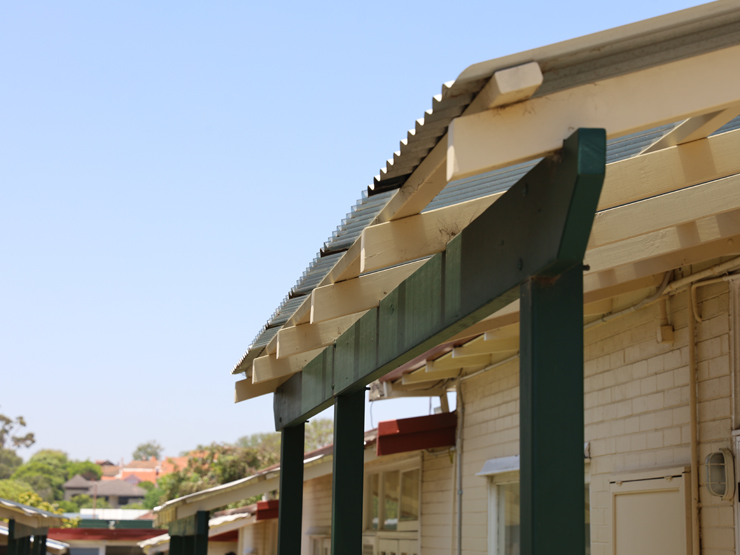Coming off the back of the State Budget is the release of Anglicare Australia’s 2025 Cost of Living Index report, which examines the impact of living costs on minimum wage households. According to the report, full-time work is not enough to keep people out of poverty.
A single minimum-wage worker is left with just $33 each week after covering basic living expenses like rent, food, and transport. For a single parent with one child earning minimum wage, this figure is just $1, even with Government supports such as the Family Tax Benefits and Commonwealth Rent Assistance. Meanwhile, a couple who are both on minimum wage with two children would have only $5 left over per week after covering the basics.
This means that there is little left over to cover other costs, such as utilities, telecommunications, insurance, and household goods. In particular, energy bills are simply unaffordable, with the Index’s results explaining why the number of people in energy debt has surged.
This figure is likely to increase further with the State Government’s $400 electricity credits coming to an end as of 1 July 2025. And the $337 million WA Residential Battery Scheme—which provides rebates and no-interest loans to install home battery systems to reduce energy bills—is unlikely to benefit most low-income households, thus marking a missed opportunity by the State government to provide targeted energy relief to households doing it tough.
But energy debt isn’t the only thing surging. So too is the demand for emergency relief and financial counselling services.
According to the Financial Wellbeing Collective, the percentage of employed help-seekers accessing our Emergency Relief and Food Access Service (ERFAS) grew from 5% in 2021 to 12% in 2024, reaching 13% in 2025. And the number of assessments for those whose main source of income is employment grew from 498 in 2021 to 1,503 in 2024.
Meanwhile, Anglicare WA’s 2025 Rental Affordability Snapshot revealed the number of available properties for people earning minimum wage as follows:
Single person on a minimum wage:
- Statewide: 14 (0.4% of available properties)
- Perth Metro: 13 (0.5% of available properties)
Single parent with two children on a minimum wage & Family Tax Benefit A&B:
- Statewide: 42 (1.2%)
- Perth Metro: 1 (0.03%)
Couple with two children with both parents on minimum wage & Family Tax Benefit A&B:
- Statewide: 149 (4.2%)
- Perth Metro: 57 (2.0%)
Despite the WA State Government’s claim that the basket of household fees and charges will reduce by 0.8 per cent in 2025-26 (the sixth consecutive year below inflation), the cost of living will continue to remain an issue for West Australians doing it tough.
Anglicare WA acting CEO Philippa Boldy recently observed “With the way things are at the moment, week on week, people are falling further and further behind. And it's not until you see the data that you realise how stark it can be.”
Speaking about required solutions, Ms Boldy stated, “The most effective thing that we can do for people who are living at or below the minimum wage level or on the poverty line is to increase the income they're attempting to get by on. The number of schemes and initiatives that we're having to implement at the moment, to be able to essentially temporarily prop people up, is a sign that we know we've got a major problem on our hands but are too often looking for temporary solutions to fix what's very much a long-term problem.”
That is why Anglicare WA supports the recommendations in the Cost-of-Living Index and calls on the Federal and State governments to ensure a liveable income above the poverty line for all Australians, boost social and affordable housing with a social housing target of 6%, increase emergency relief funding, and continue to expand utility grants and concessions. If you require financial support, please click here.
To learn about Energy Ahead, a free household energy coaching service, please click here.
To learn more about our cost-of-living advocacy priorities, please click here.






